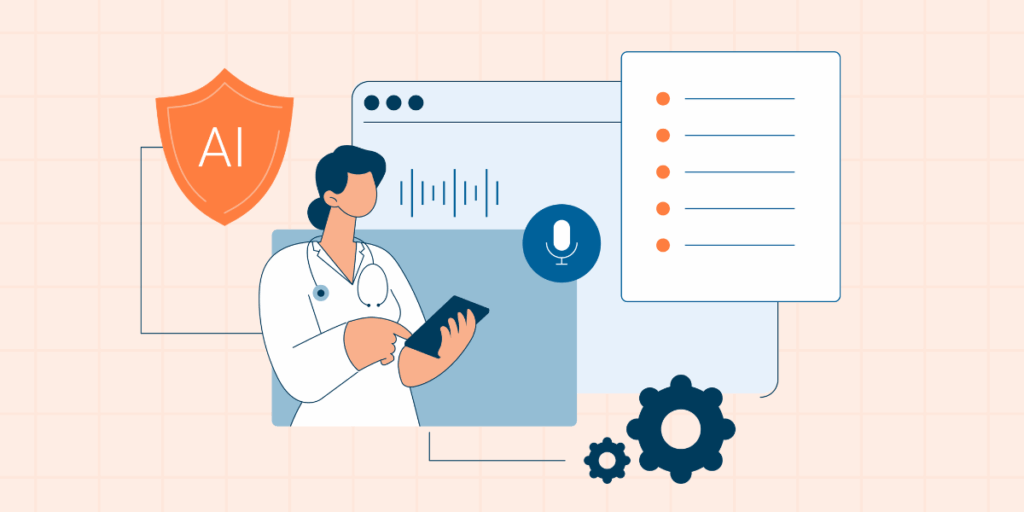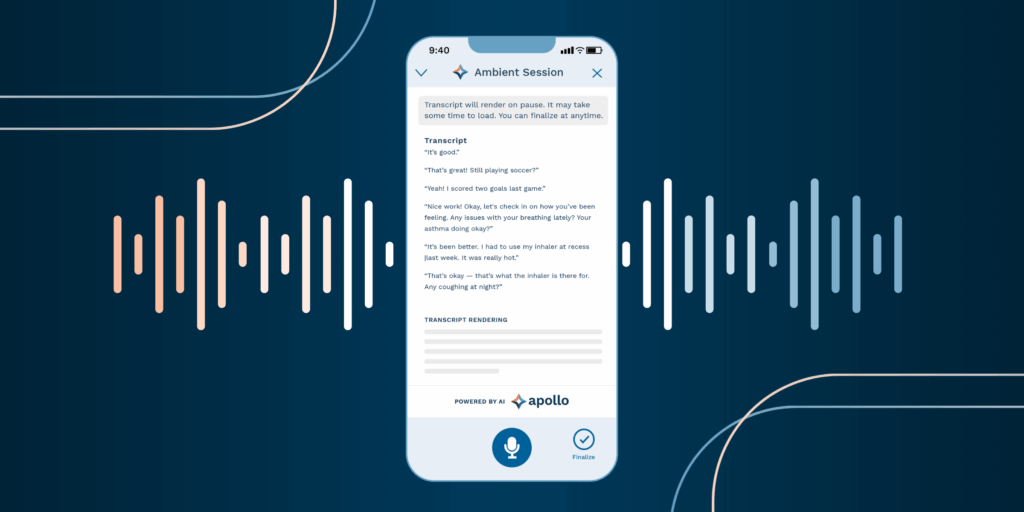As the pressure on healthcare workers intensifies, it’s more critical than ever to address the challenges around workforce shortages and employee burnout head-on.
Healthcare systems worldwide are facing a crisis. Roughly 45.6% of workers are experiencing burnout while the industry simultaneously grapples with a shortage of qualified professionals. The COVID-19 pandemic exacerbated these issues, but they existed long before the pandemic broke out. As the pressure on healthcare workers intensifies, it’s more critical than ever to address the challenges around workforce shortages and employee burnout head-on.
Below, we’ll explore the signs of employee burnout and discuss effective strategies to combat it. We’ll also share actionable solutions healthcare facilities can use to hire and retain more qualified, experienced healthcare workers.
How to Recognize Employee Burnout in Healthcare Settings
Employee burnout is about much more than fatigue—it’s a complex condition that can manifest in various ways. Healthcare workers, in particular, are vulnerable due to the emotional and physical demands of their jobs. For managers or leaders, recognizing burnout early can prevent long-term consequences for employers and their organizations.
Some of the signs of burnout include:
- Disengagement with colleagues and patients: One of the most telling signs of healthcare workout burnout is disengagement. Employees may withdraw from interactions with colleagues, patients, or management. This emotional detachment can impair patient care and team collaboration, leading to a decrease in overall productivity.
- Heightened sensitivity to issues or challenges: Burned-out employees often become increasingly irritable or overly sensitive to minor issues. In a high-pressure environment like healthcare, this can lead to conflicts between team members and impact the overall work dynamic.
- Emotional exhaustion: A hallmark sign of burnout is feeling emotionally drained or depleted. This exhaustion often leads to a lack of enthusiasm for daily tasks and a sense of helplessness.
- Physical symptoms: Chronic stress can take a toll on healthcare workers’ physical health. Symptoms like headaches, gastrointestinal issues, and sleep disturbances are common among employees experiencing burnout.
Strategies to Attract and Retain Qualified Healthcare Workers
Hiring and retaining qualified employees is another major challenge in today’s healthcare industry, one that’s only worsened by rampant burnout in workplaces. Part of why tackling burnout is so crucial is because doing so creates an environment that’s both desirable to new employees and helps keep current employees satisfied with their roles and responsibilities; for example, studies have shown a significant correlation between signs of burnout and intent to leave a job.
Below are some strategies to help healthcare organizations hire and keep their employees.
1. Offer Employee Wellness Programs
Employee wellness programs are critical in maintaining a healthy workforce. These programs should focus on physical and mental well-being and offer benefits like fitness programs, stress management workshops, and access to counseling services. By investing in employees’ well-being, organizations show they care about their staff’s overall health, which can improve retention rates.
2. Implement Recognition Programs
Recognition goes a long way in boosting morale and motivating healthcare workers. Whether it’s a formal employee of the month program, spot bonuses, highlighting employee accomplishments during team meetings, or other simple forms of acknowledgment can help employees feel valued. Feeling appreciated can also mitigate some of the negative effects of burnout.
3. Develop Career Ladders
Many healthcare workers feel stagnant in their roles. To combat this, create clear career development paths. Career ladders help retain employees and attract new ones who see opportunities for advancement. Providing training, mentorship programs, and opportunities to take on new responsibilities can help workers feel invested in their careers and the organization.
4. Provide Mental Health Support
Mental health support is critical in today’s job market and is a key tool in preventing and addressing healthcare worker burnout. Offer resources like counseling, therapy, and stress management coaching to help employees cope with the emotional challenges they face. Mental health programs can be an essential component of healthcare worker burnout solutions, showing employees that their mental well-being is just as important as their mental health.
5. Provide Performance Rewards
Finally, incentives are a proven method to motivate employees and improve retention. Performance rewards—whether monetary, time-off, or other benefits—help reinforce positive behavior and outcomes. These rewards show employees their hard work is noticed and appreciated, which can boost morale and job satisfaction.
5 Ways to Reduce Healthcare Employee Burnout
Preventing healthcare worker burnout requires a proactive approach. Organizations must implement policies and strategies that reduce the likelihood of burnout while simultaneously supporting staff during challenging times. Some of these strategies include:
- Encourage a work-life balance: The nature of healthcare work often leads to long hours, irregular shifts, and emotional strain. Encouraging healthcare workers to maintain a healthy work-life balance is crucial. Offer flexible scheduling, remote work options when possible, and sufficient time off to allow staff to recharge. Encouraging time away from work helps prevent burnout and shows employees their well-being is a priority.
- Use technology to streamline tasks: Healthcare systems are complex and can be overwhelming for staff. By leveraging technology to automate administrative tasks, manage patient records, or assist with scheduling, healthcare providers can reduce the workload on their employees. This gives healthcare workers more time to focus on patient care, reducing stress and improving job satisfaction.
- Prioritize tasks according to importance: One way to combat burnout is by ensuring employees aren’t overwhelmed by an unrealistic number of tasks. Prioritize the most critical activities to ensure employees aren’t spread too thin. This improves efficiency and helps workers focus on what truly matters.
- Foster a supportive work environment: A supportive work culture is essential for preventing burnout. Encouraging open communication, teamwork, and mutual support among colleagues can help employees feel more connected and less isolated. When healthcare workers feel supported by their teams and management, they are better equipped to handle the stresses of the job.
- Provide adequate training and support: Many healthcare workers burn out because they feel underprepared to handle the pressures of their role. Providing comprehensive training, ongoing professional development, and mentorship can help alleviate feelings of inadequacy. When employees feel confident in their abilities, they are more likely to stay engaged and avoid burnout.
Long-Term Solutions for Healthcare Workforce Shortages and Employee Burnout
Healthcare worker burnout and the healthcare workforce shortage are serious issues. The good news is that they’re not insurmountable. By recognizing the signs of burnout early and implementing the solutions mentioned above, healthcare organizations can better support their staff. Focusing on hiring and retention through career development performance rewards and a supportive work environment can also help address healthcare workforce shortages.
For organizations looking to streamline operations and reduce administrative burdens, there’s RXNT. The solution includes comprehensive healthcare software solutions designed to enhance efficiency and support staff wellness. RXNT’s user-friendly tools can help reduce time spent on paperwork, streamline scheduling, and improve overall practice management—ultimately helping teams focus more on patient care and less on administrative tasks.
Ready to learn more? Get a demo of RXNT and see how the solution can help organizations navigate the challenges of healthcare workforce shortages and employee burnout.





